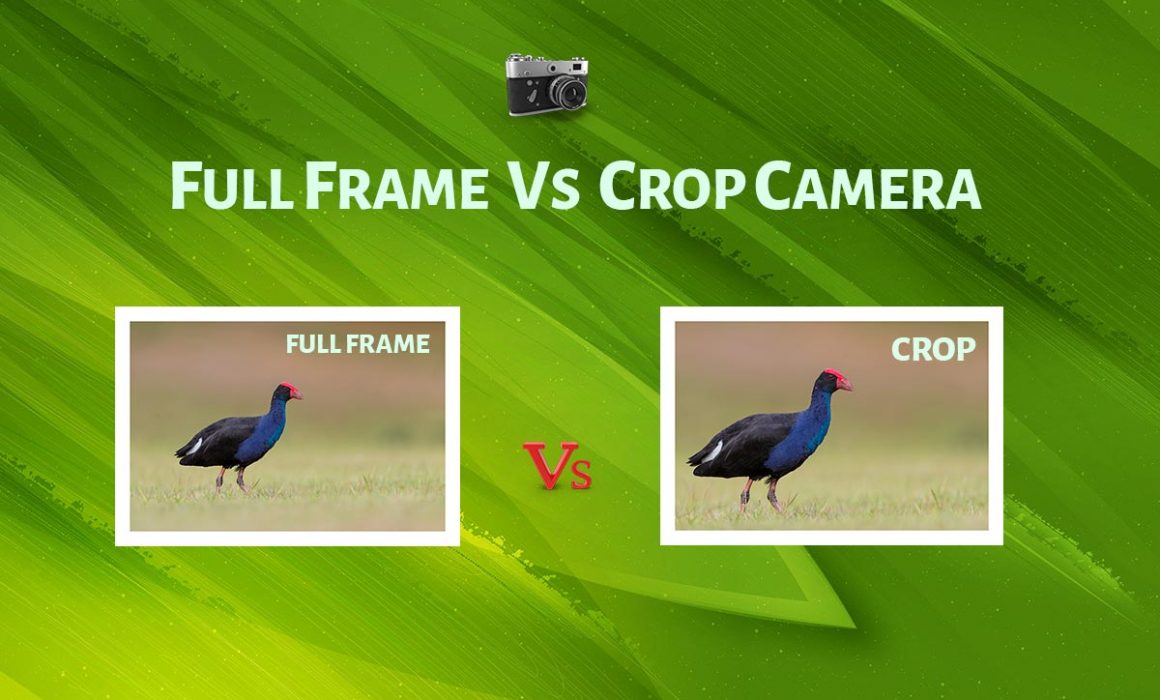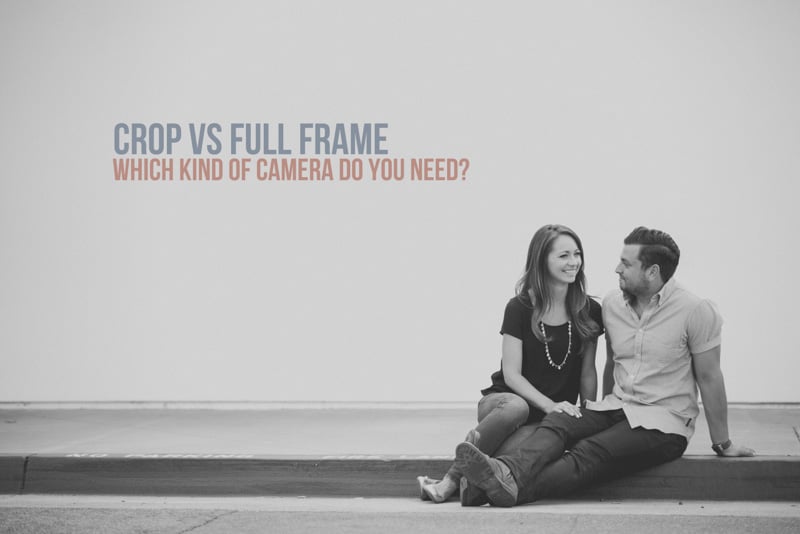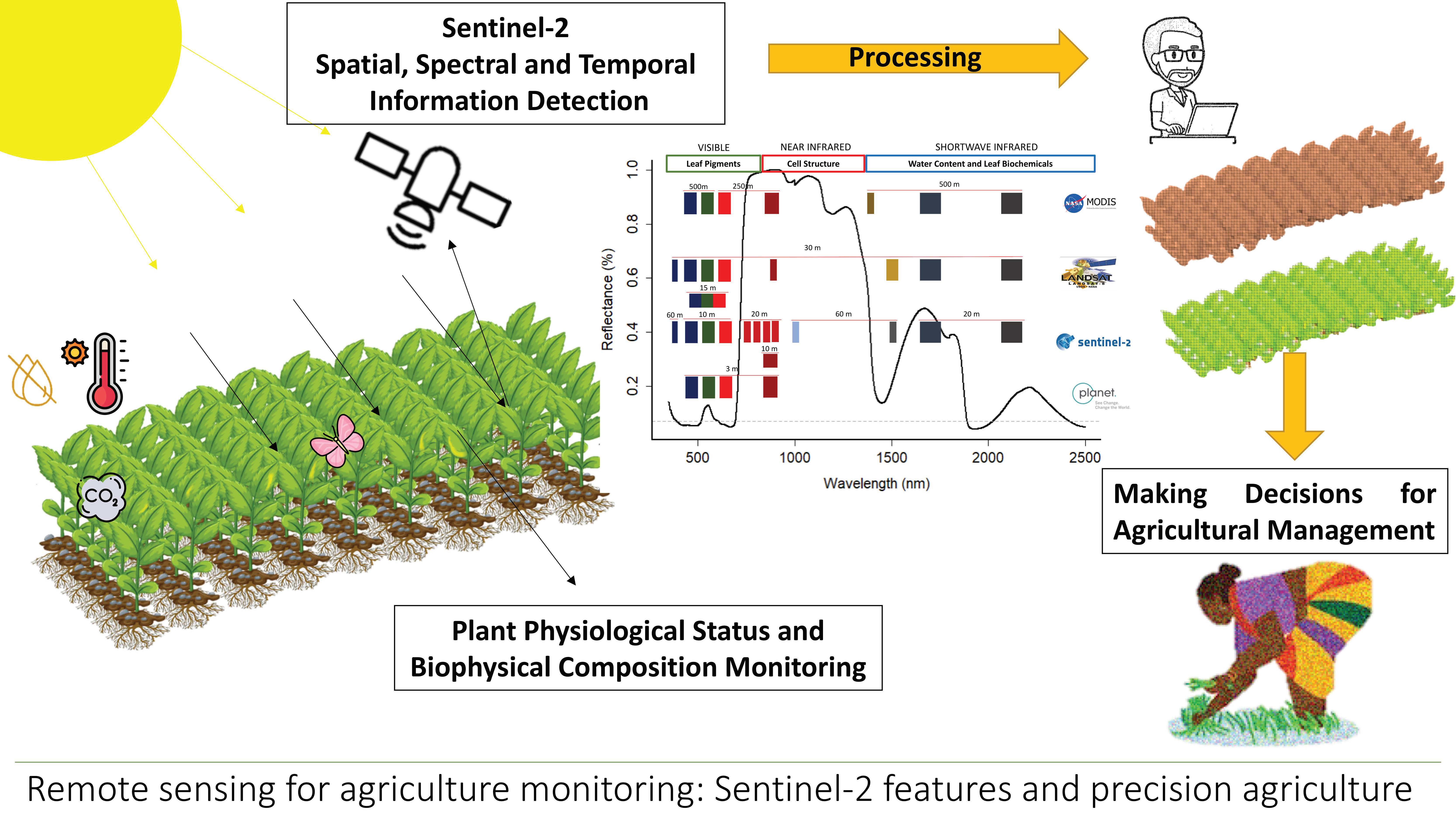

This means that when shooting with a cropped sensor with a 50 mm focal length lens, the equivalent of it to a full frame sensor would be a 75 mm lens. To better understand it, let us take for example an APS-C Nikon camera using a 50 mm lens. You can follow the chart below as a reference of the crop factor numbers of different types of sensors relative to the 35 mm full frame sensor.Ĭommon crop factor numbers and sensor formats (Source PhotographyLife)Ĭropped sensor cameras use a crop factor number (specified by the manufacturer) multiplied with the focal length (length of the lens) to get the FoV equivalent focal length relative to a full frame sensor. A type of cropped sensor called APS-C (Advanced Photo Sensor type C) has a crop factor of 1.5. Therefore, with smaller sensor sizes it will not be able to capture the full circular image in the same way as a larger sensor.Ī full frame sensor will always have a crop factor of 1, since it is the reference for all other sensors. As long as the sensor is large enough to capture the circular image coming through the lens, then it covers a larger FoV. The lens is circular, but the sensor is rectangular. Why does the image appear to be more cropped with smaller sensors? It has to do with the way the image is projected from the lens to the sensor. They have a crop factor that is smaller than the 36 x 24 mm format. Cropped Sensorįull frame sensors fully support the 35 mm format, while cropped sensors did not. Therefore, the image captured is not the same as its 35 mm equivalent. What is actually happening is the Field of View (FoV) of the captured image was getting cropped. When you capture an image with the smaller sensor size, it appears chopped off around the edges resulting in what appears to be smaller frame around the image. The only issue is that they were not full frame but cropped sensors.Ĭomparison (not at scale) of full frame and cropped sensor Field of View (FoV)ĭespite smaller and more affordable sensors, this created a problem. This led to the development of smaller sensor sizes that allowed camera makers to produce a more affordable alternative for the market. The sensors that support the 35 mm size were called full frame sensors and they were rather expensive as a consumer product. In the early days of digital cameras, it was a challenge making the sensor sizes match the size of 35 mm. Camera makers have used this size for building camera sensors, which replaced film in digital photography. It was the size of the film used with legacy cameras that follows a 36 x 24 mm size. This was the imaging format for photography prior to digital sensors.

Today’s cameras are built using the 35 mm format as the reference. These two elements determine the crop factor in cameras and we will discuss them deeper in this article. The sensor is what captures the image, while the lens is what projects the image to the sensor in digital photography.

Two important elements that are important in crop factor are the camera’s sensor size and the len’s focal length.

When it comes to digital photography, camera sensors come in different sizes and this is where the crop factor comes into consideration for photographers when choosing what camera and lens to shoot with. When shooting, I used to think any camera would do, but then there is the crop factor to consider. This is an interesting topic in photography since it has to do with the camera. Understanding The Crop Factor In Cameras Determines Your FoV (Field of View)


 0 kommentar(er)
0 kommentar(er)
